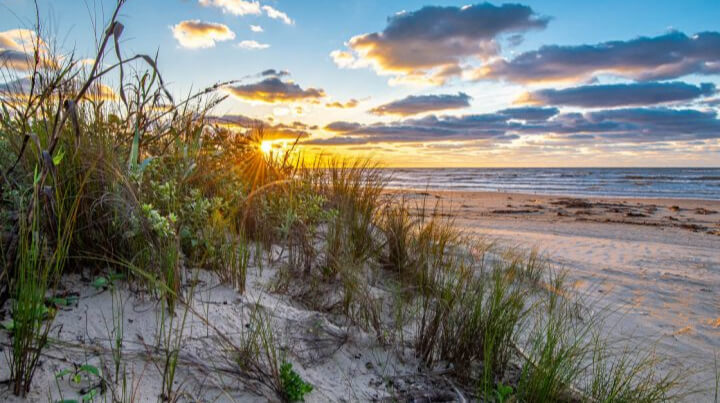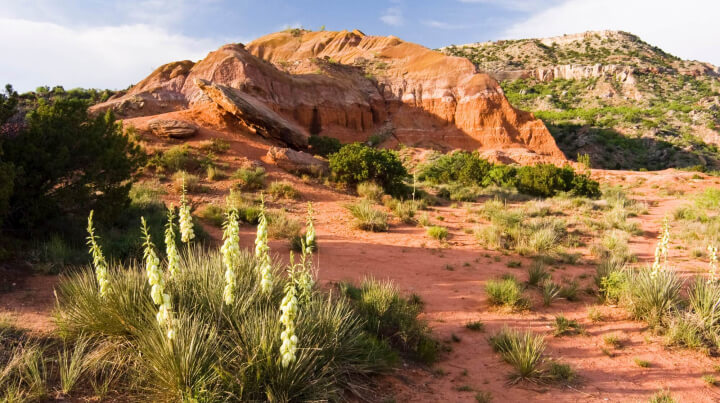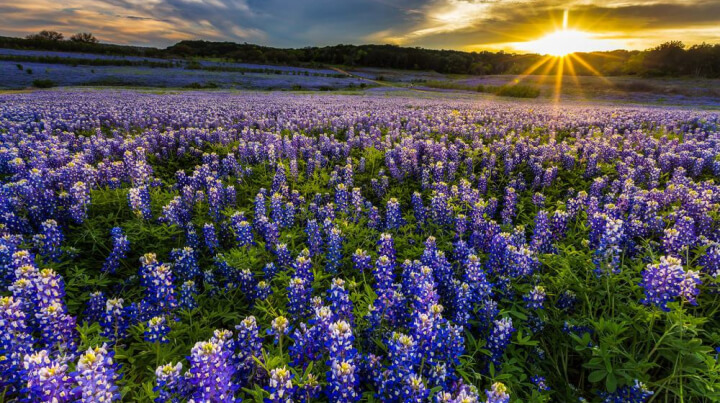Texas A&M Forest Service Nature Challenge


Follow the Flyway
The Rio Grande Valley is one of the best places to go birding! Use binoculars or a recording app like Merlin. Keep track of the birds you see and hear! Keep a list of the species that you find while birding. Are they a year round or migratory species? Record your observations!
Science Seed: The Rio Grande Valley is home to many birds, both migratory and year-round residents. It's one of the largest bird migrations in the world! Birds like the northern cardinal are common in the valley and prefer brushy areas, where they eat seeds and insects. Great-tailed grackles often form large flocks in urban areas and feed on small animals and scraps. Migratory birds, like the sandhill crane and whooping crane, stop in the valley during their long journey along the Central Flyway. The region’s mesquite trees, cacti, and grasslands provide food and nesting sites, while birds’ behaviors, like the mockingbird's songs, show how they adapt to the environment.
For multiple languages visit: https://ecologistschool.org/park/geraldine_palmer/ornithology/bird-spotting/
Order real badges: https://familiesinnature.org/shop/#!form/Shopping
Details

|
|
|
|

This Challenge is for:
- All Ages
- Formal Educators
- Informal Educators
Challenge Topics:
- Animals and Wildfire
- At Home
- Biodiversity
- Connecting Children with Nature
- Conservation/Environmental Education
- iNaturalist
- Outdoor Recreation
- School Campus
This Challenge is accessible for:
- People with Visual Impairments
- People with Hearing Impairments
- People with Mobility Impairments
- People with Developmental Impairments
- People with Sensory Sensitivities
- People who speak Arabic
- People who speak Chinese (including Mandarin and Cantonese)
- People who speak French (including Cajun and Patois)
- People who speak German
- People who speak Hindi
- People who speak Spanish
- People who speak Vietnamese
Assistive Technologies Available:
- Accessibility features are available at link
Don’t forget your...
- Binoculars
- Smart phone
- Bird guide
To complete this challenge
Step one
1. Prepare Your Equipment

Grab binoculars or simply use your eyes to spot birds. Download the app Merlin to record local bird sounds. A local bird guide or the Merlin app can be helpful for identifying species, especially if you are birding by ear.
Step two
2. Find a Spot

Go to a local park, nature reserve, or any area known for bird activity in the Rio Grande Valley.
Step three
3. Observe and Record

As you see birds, take note of their characteristics, such as size, color, and behavior. Use your guide or app to identify the species.
Step four
4. Identify Migration Patterns

Determine if the birds are migratory (seasonal) or year-round residents. Keep track of the species’ migration habits.
Step five
5. Reflect on Their Habitats

Observe how the birds interact with their environment. For example, where are they feeding, and what are they eating?
Step six
6. Earn Your Badge

Share your list of birds observed and describe their behaviors and habitats.
Step seven
Earn your badge!

Gallery
There aren't any images in the gallery.
Texas A&M Forest Service and cooperators collectively known as “Nature Challenge” have not inspected the physical locations of challenges. No warranty of safecondition, or fitness for particular use is granted by Nature Challenge. Nature Challenge has not vetted whether the challenges, as formatted by the Provider, is safe. Anyone performing this challenge will be doing so at their own risk.








